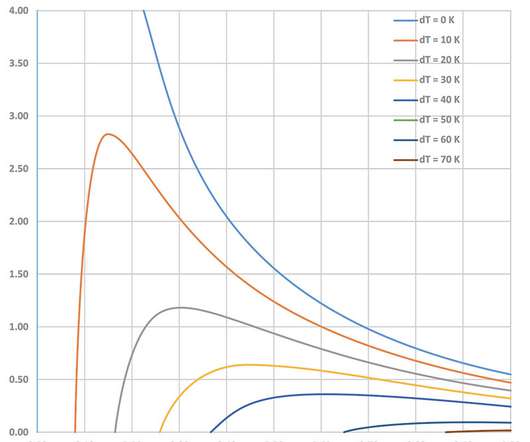Sandia progressing to demo stage with supercritical CO2 Brayton-cycle turbines; up to 50% increase in efficiency of thermal-to-electric conversion
Green Car Congress
MARCH 4, 2011
Research focuses on supercritical carbon dioxide (S-CO 2 ) Brayton-cycle turbines, which typically would be used for bulk thermal and nuclear generation of electricity, including next-generation power reactors. The Brayton cycle could yield 20 MW of electricity from a package with a volume as small as four cubic meters.












Let's personalize your content